|
ID |
Nickname |
Country / City |
Languages |
Taxonomies |
Comment |
Project / Group |
Map |
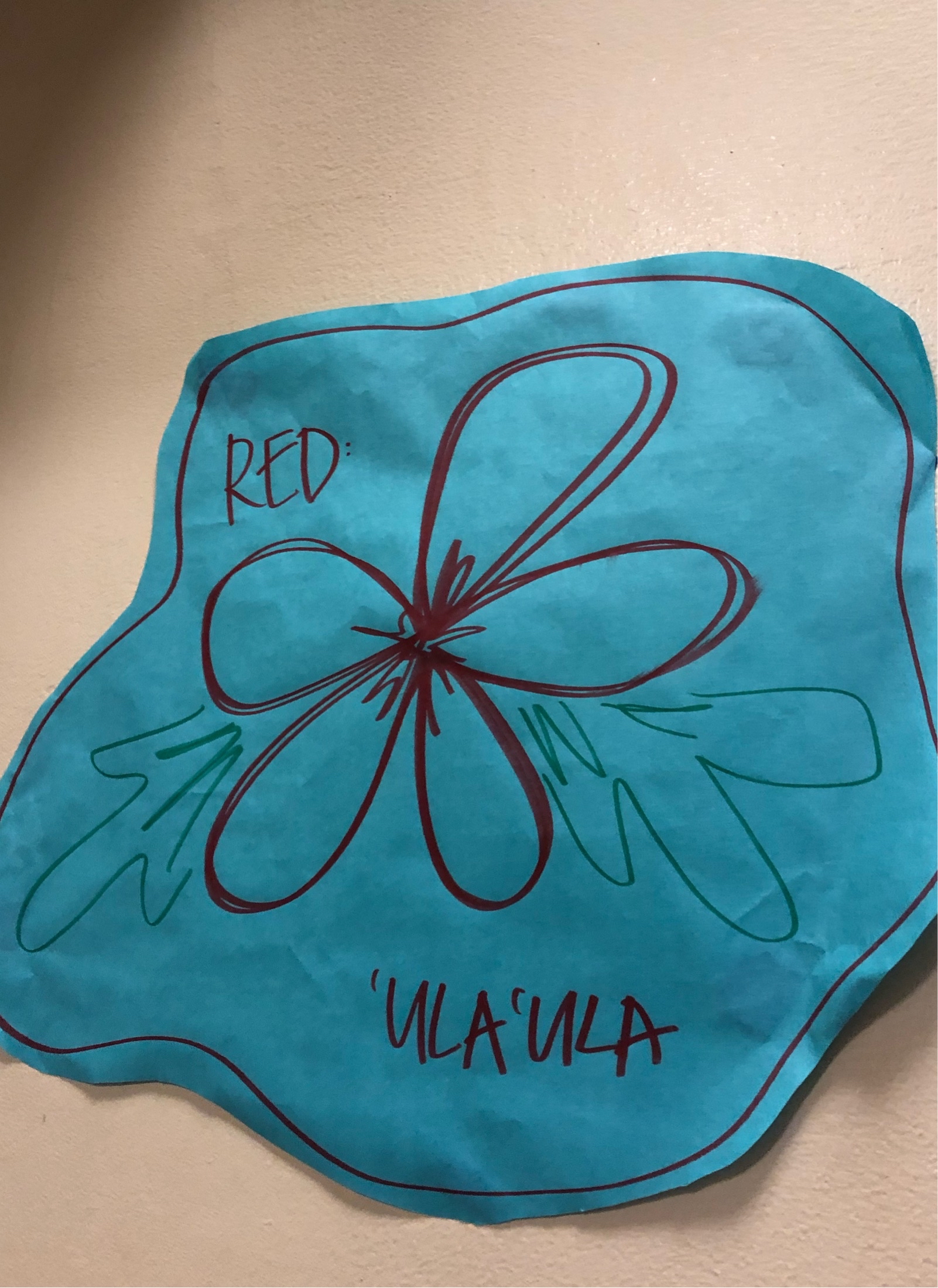
|
47227
|
|
United States
Honolulu
|
|
|
GM - this was in one of the dorm towers. This poster is trying to educate students at UH with the Hawaiian language. Red: ‘Ula’Ula
|
Multilingual Hawaiʻi
|
|
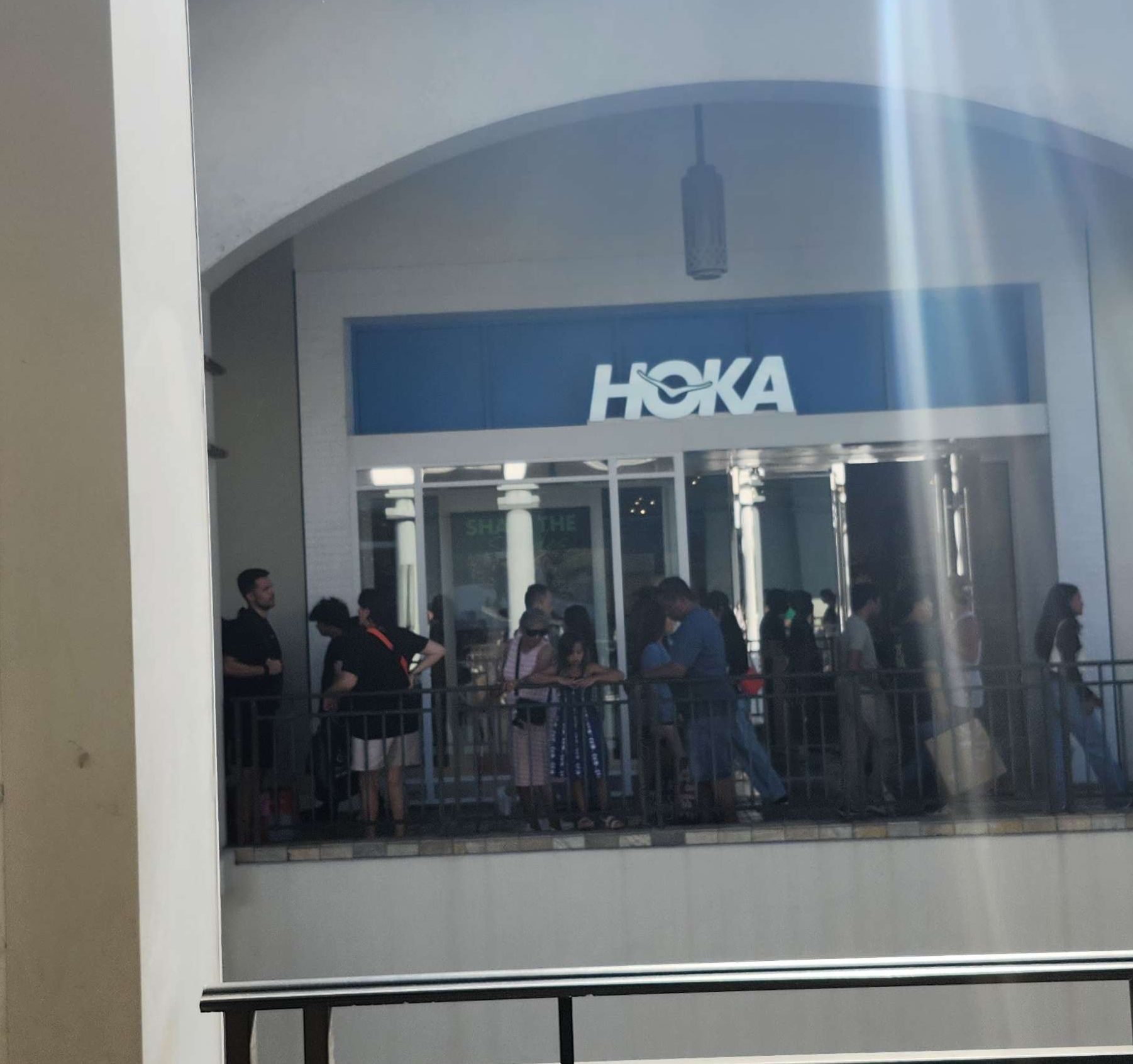
|
148860
|
ronaleid
|
United States
Honolulu
|
|
|
Seeing the HOKA store signage at Ala Moana reminded me of how global languages and cultural meaning flows through everyday spaces in Hawai’i. Hoka means “to fly” in Māori, and the bird embedded in the “O” symbolizes movement, freedom, and uplift, ideas that resonate strongly in an island context. Even in a commercial setting, this small linguistic detail carries cultural significance and reflects how Indigenous languages from across the Pacific appear in our public landscape. Standing in line outside the store, I became more aware of how multilingual branding connects communities, introduces shared symbolism, and adds depth to our shopping environment.
|
Multilingual Hawaiʻi
|
|

|
39036
|
|
United States
Honolulu
|
|
|
—
|
Multilingual Hawaiʻi
|
|

|
47228
|
|
United States
Honolulu
|
|
|
GM - Ono seafood. Ono usually means delicious. I’ve heard it’s a great seafood restaurant - very popular!
|
Multilingual Hawaiʻi
|
|
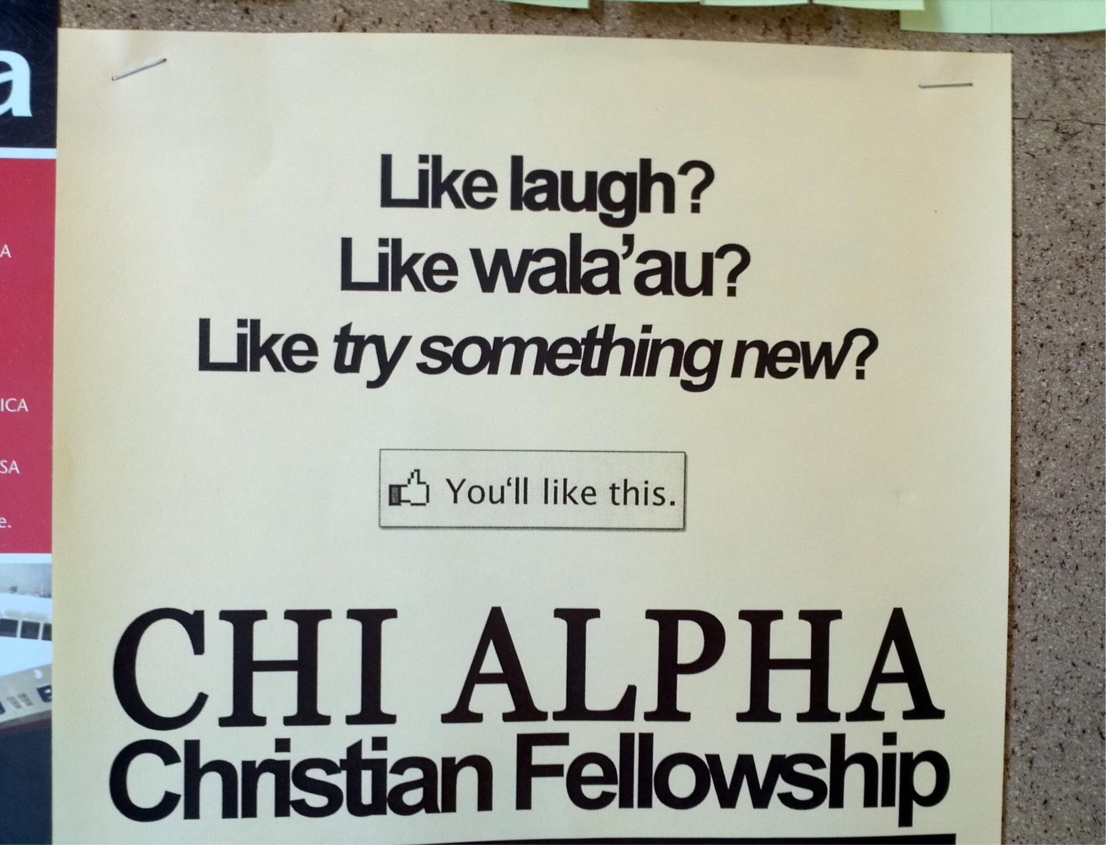
|
39037
|
|
United States
Honolulu
|
|
|
—
|
Multilingual Hawaiʻi
|
|

|
47229
|
|
United States
Honolulu
|
|
|
GM - I was at Whole Foods and this was a persons reusable grocery bag. Any kine stuff meaning all kinds of. Good bag for the grocery store
|
Multilingual Hawaiʻi
|
|

|
39038
|
|
United States
Honolulu
|
|
|
—
|
Multilingual Hawaiʻi
|
|

|
47230
|
|
United States
Honolulu
|
|
|
GM - This was for an event space. They used the word da room which means the room. They may have used this to attract more people to look at their place.
|
Multilingual Hawaiʻi
|
|

|
47231
|
|
United States
Honolulu
|
|
|
GM- I saw this card at Ala Moana target. The targeted audience is probably locals but maybe even tourist because it is in Ala Moana which is very packed with tourist. They used pidgin in the comic an example being “what is dat smell”.
|
Multilingual Hawaiʻi
|
|

|
47232
|
|
United States
Honolulu
|
|
|
GM - This card was at the Ala Moana target. This card says “Chee hoo” which is similar to woohoo - when you are celebrating or if something is exciting. For this card / I believe it was for a birthday.
|
Multilingual Hawaiʻi
|
|
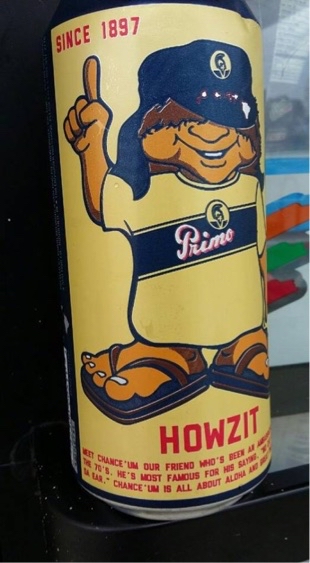
|
39041
|
|
United States
Honolulu
|
|
|
—
|
Multilingual Hawaiʻi
|
|
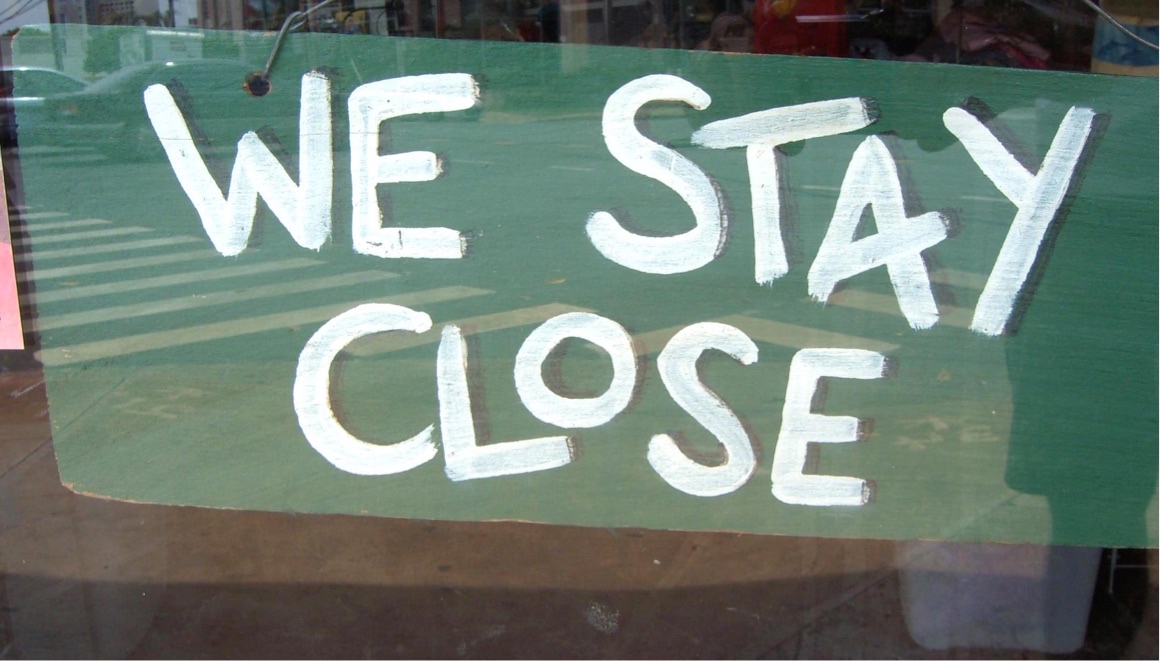
|
39042
|
|
United States
Honolulu
|
|
|
we stay closed
|
Multilingual Hawaiʻi
|
|

|
38788
|
|
United States
Honolulu
|
|
|
Hawaiian word with its English meaning on the ground.
|
Multilingual Hawaiʻi
|
|

|
38789
|
|
United States
Honolulu
|
|
|
Hawaiian word with its English translation on the ground.
|
Multilingual Hawaiʻi
|
|

|
38790
|
|
United States
Honolulu
|
|
|
—
|
Multilingual Hawaiʻi
|
|
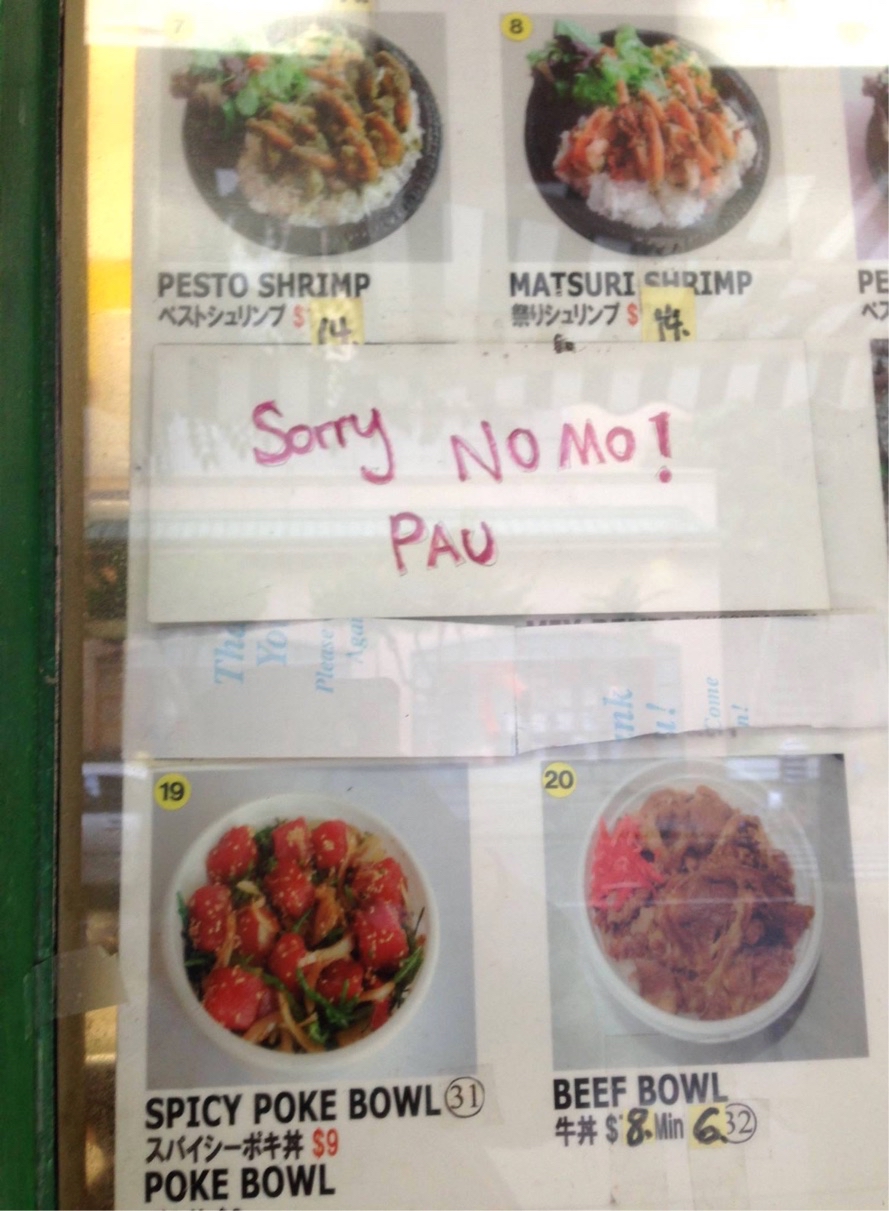
|
39046
|
|
United States
Honolulu
|
|
|
sorry no mo! pau
|
Multilingual Hawaiʻi
|
|

|
42630
|
|
United States
Honolulu
|
|
|
(SP) This is a photo of a bench on a corner in the domain of a public park. It is permanent and it’s medium is stone. It is a quote in Hawaiian and I’m not sure what it’s saying, though it may be a popular or familiar quote among Hawaiian speakers, or it could just be a one off quote that was added for decoration. It is clearly made for Locals who understand Hawaiian, because anyone who can’t speak the language obviously won’t get much from it. It’s meant to make the bench and stone structure more beautiful and connected to the state of Hawai'i and its history.
|
Multilingual Hawaiʻi
|
|
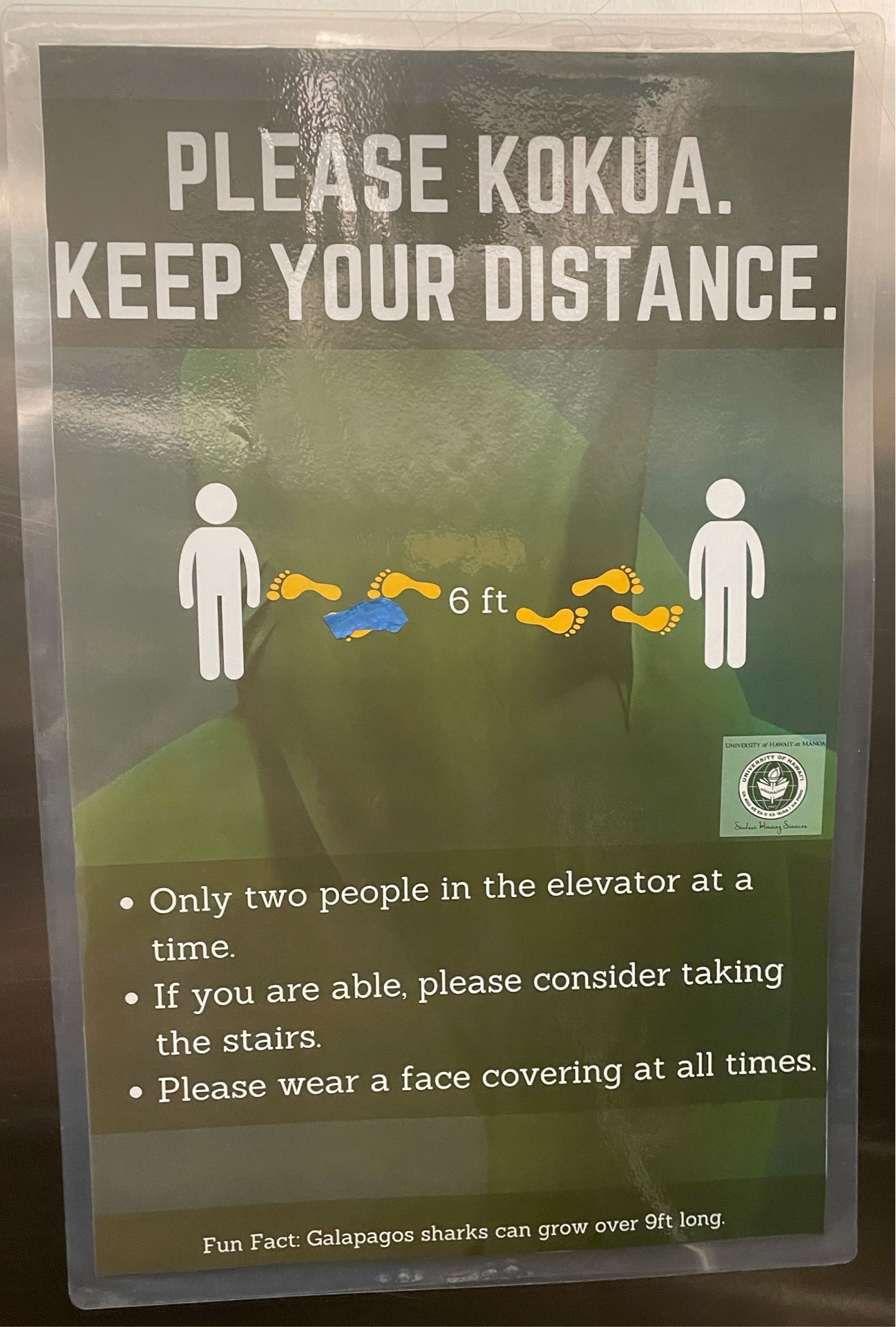
|
42631
|
|
United States
Honolulu
|
|
|
(SP) this is an impermanent plastic and paper sign in our elevator in the domain of shared living/education. It uses the word Kokua as in please help (the community). It’s reminding people to social distance during Covid. The majority of the sign is in English because it needs to be understood by everyone who lives here, who may or may not be from Hawai'i. The meaning of Kokua isn’t too hard to figure out even if you aren’t from Hawai'i, and it may have been added to add a more “Hawaiian” atmosphere to the dorm and also because Kokua is an important and commonly heard concept in Hawai'i.
|
Multilingual Hawaiʻi
|
|
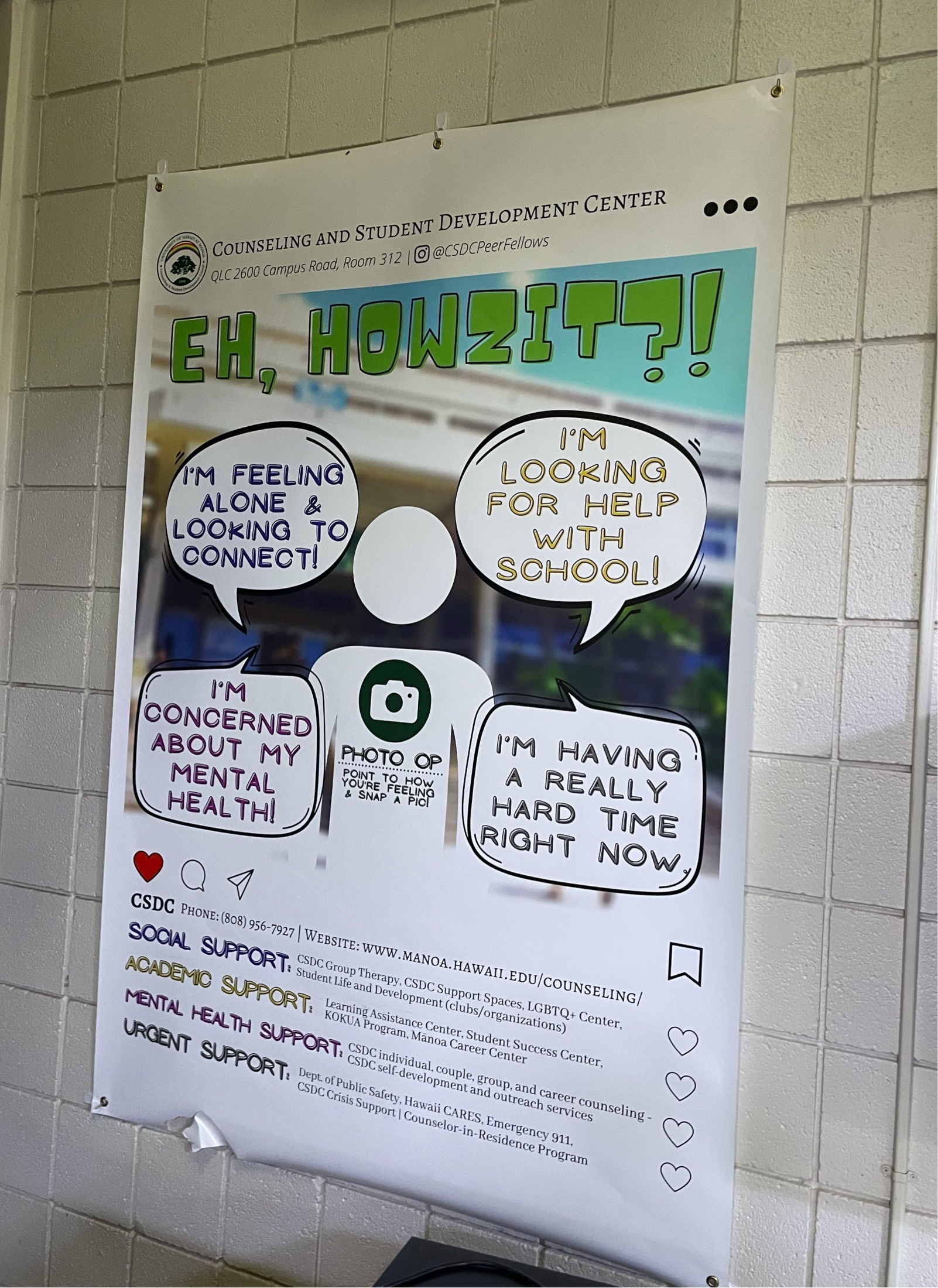
|
42632
|
|
United States
Honolulu
|
|
|
(SP) this is an impermanent paper poster on the wall in a dorm building, in the domain of community living/education. At the top is says “eh, howzit?” which is a common Pidgin phrase used to ask what’s up or how’s it going. However in this case, it’s used on a poster advertising mental health and academic resources, so it really is asking “how’s it going? Are you ok?”. This poster is in a dorm with people from all over the world, so the majority of it is in English so that it can be understand by more people. The Pidgin may have been added to add more of a sense of “Hawaiian” and grab people’s attention.
|
Multilingual Hawaiʻi
|
|

|
45960
|
|
United States
Honolulu
|
|
|
(SP)(Check in #2) This Pidgin word was found on plastic bags in a student market (education/restaurant domain), it is being used here likely to catch the attention of Locals or residents who are familiar with Hawaiian cuisine and may be craving manapua. It is the largest thing on the packaging which draws your eyes towards it, making the rest of the English words on the package seem less significant and important.
|
Multilingual Hawaiʻi
|
|